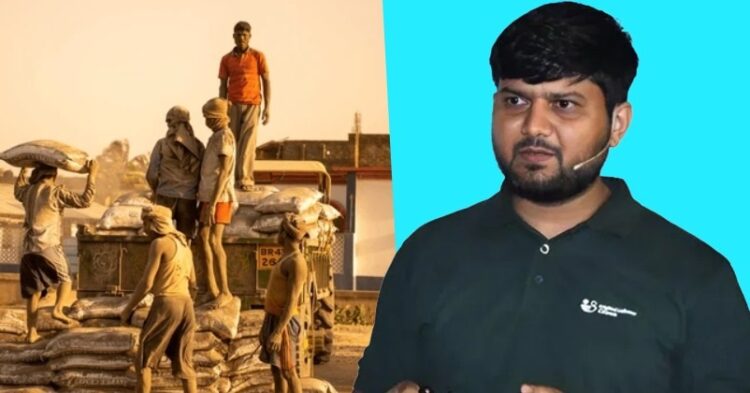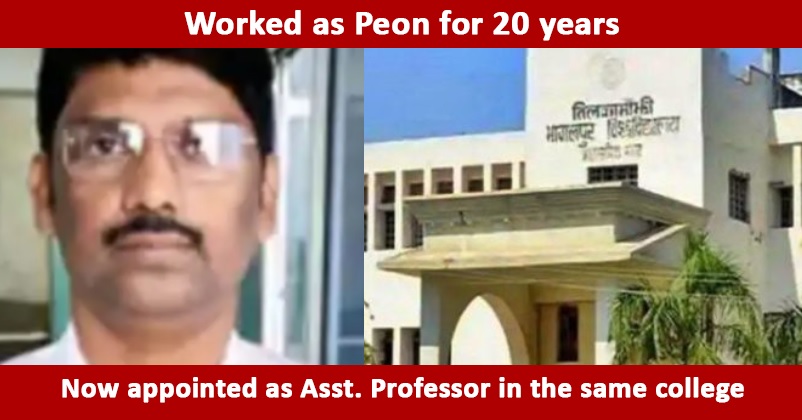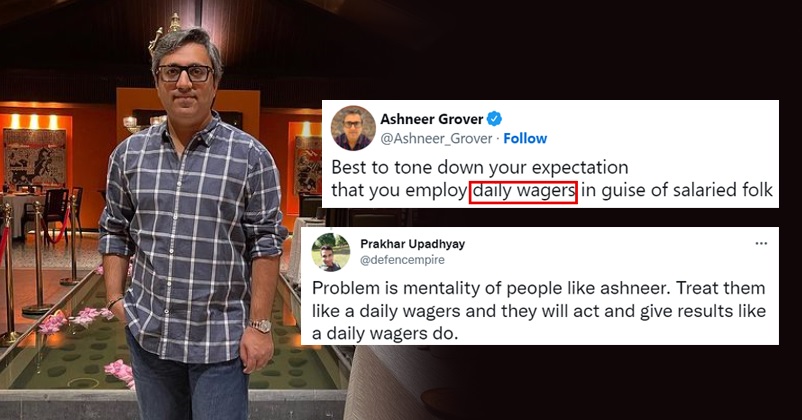On a rainy afternoon in Delhi a few years ago, Chandrashekhar Mandal stood by his office window and watched a scene that stayed with him. Across the road, dozens of daily wage workers — masons, painters and cleaners — huddled together at a labour chowk, drenched and uncertain about whether they would find work that day.
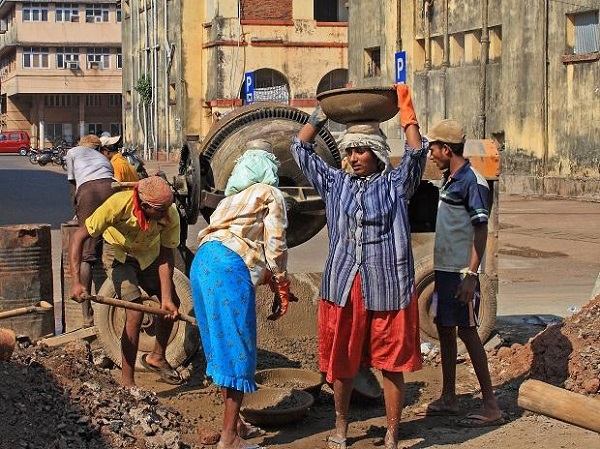
For Chandrashekhar, it was not just another passing sight. Growing up in Bihar, he had seen relatives struggle as migrant workers, often returning from cities empty-handed or tired from the grind. That day, he asked himself a question that changed his life — if the world was going digital, why couldn’t labour chowks do the same?
That thought eventually became Digital Labour Chowk, a platform many now call India’s “LinkedIn for daily wage workers”. Launched in 2020 with limited resources, it is today a lifeline for more than one lakh workers, listing over 3,000 jobs and helping about 1,000 people get hired every single day. By replacing the uncertainty of traditional labour chowks with verified profiles, fair wages and access to social security schemes, Chandrashekhar has built something that is transforming India’s informal job market.
The idea gained urgency during the COVID-19 lockdown when the heartbreaking images of migrant workers walking miles to return home revealed how vulnerable they were. For Chandrashekhar, the message was clear — workers needed opportunities closer to home, and they deserved dignity and stability while finding them.
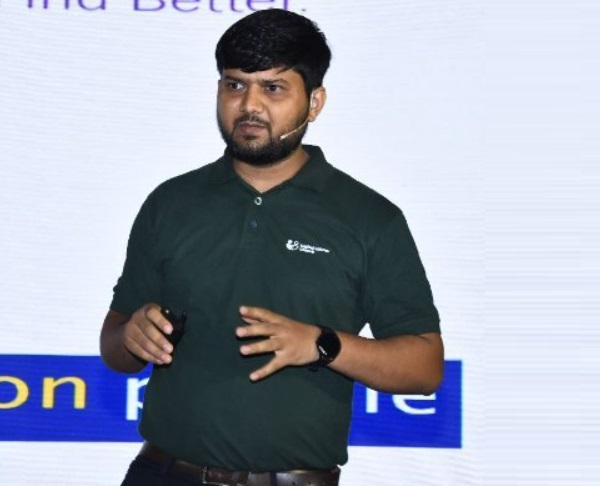
His own journey had prepared him for this challenge. Chandrashekhar grew up in Ami village, Darbhanga, where facilities were scarce and migration was often the only option. Later when he worked in Noida, he often saw hundreds of men and women gather at local labour chowks, standing for hours in the scorching heat or pouring rain, only for many to return home without work.
He spent four months studying labour chowks across Bihar, Noida and Delhi and realised the scale of the issue. India’s construction sector alone employs more than 71 million people, with over 80 percent being unskilled. Yet while white-collar professionals had platforms like LinkedIn, blue-collar workers had no such digital bridge.
In September 2020, with just Rs 20,000 in hand, Chandrashekhar quit his job and registered Digital Labour Chowk. His family was worried but he pressed on. A year later, in August 2021, he secured his first investment of Rs 10 lakh from Pune. With a small team, he built the website and app and began reaching out to both workers and employers.
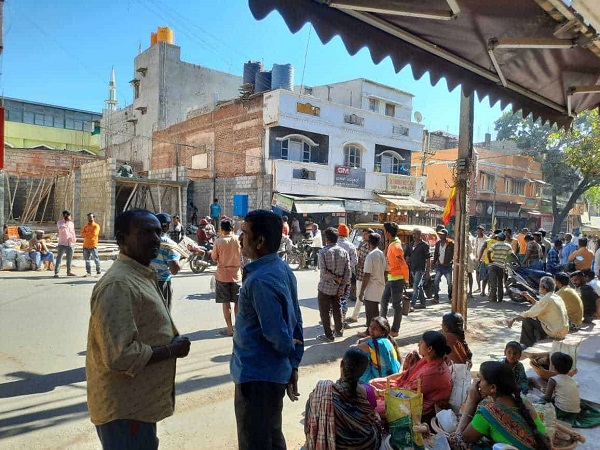
The team used simple but clever methods. To sign up workers, they partnered with mobile shops and grocery stores near labour chowks, offering small incentives like a cold drink or a cup of tea while explaining the benefits of the platform. Contractors and companies were approached through builders’ associations, RERA groups, and online communities.
Today, employers can post jobs with details such as location, wages, duration and accommodation. Workers create profiles showcasing their skills, experience, and wage expectations. The platform is free for workers, while companies pay after connecting with at least ten potential hires. Digital Labour Chowk is also working on digital labour cards to give workers verified identities and performance-based incentives.
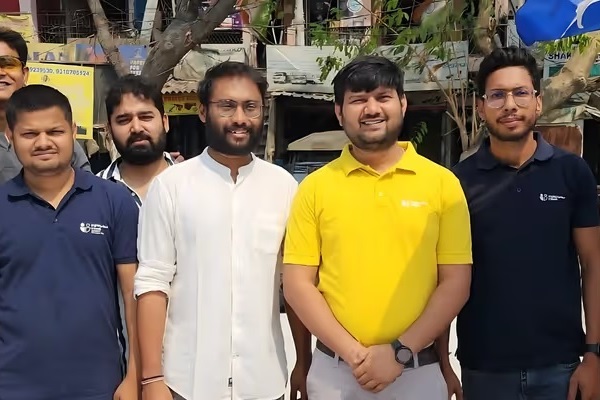
Stories from the ground show its impact. Shrawan Kumar from Darbhanga now earns in one year what earlier took him three years. He no longer stands under the Sun every day hoping for work. Contractors like Azhar Ansari from Uttar Pradesh say hiring skilled labour has become easier and faster through the app. With 500 to 1,000 jobs posted daily, the platform has already touched thousands of lives.
For Chandrashekhar, this is just the beginning. His vision is to give daily wage workers a recognised identity, bring structure to the informal job market, and create better opportunities closer to their homes. What started with one rainy day in Delhi is now changing the way India looks at labour and at dignity in their work.
